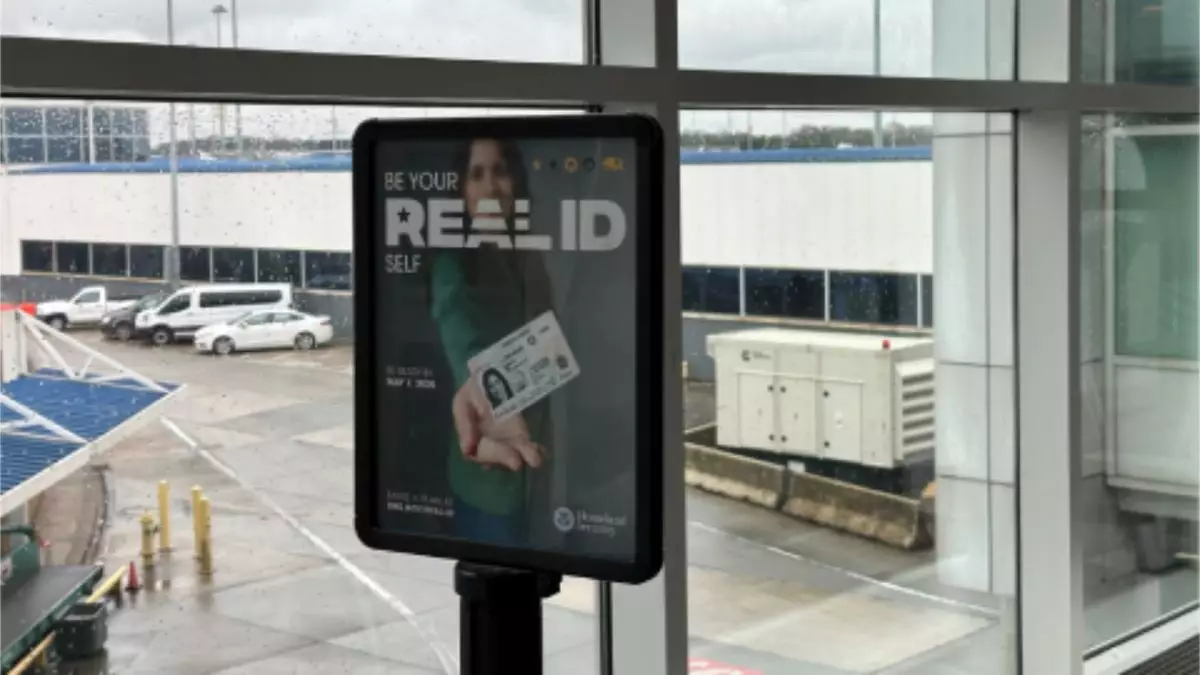The Transportation Security Administration (TSA) is set to implement significant changes to identification requirements at airport checkpoints, starting May 7. This shift marks a pivotal moment in the ongoing effort to enhance security protocols in U.S. air travel. While the TSA will initiate this enforcement, it has indicated that a phased approach will be adopted as part of the rollout. This gradual implementation is crucial for ensuring a smooth transition for travelers who may not yet possess a Real ID-compliant identification.
According to TSA representatives, a flexible timeline will be employed, permitting individuals to board flights even if they do not have Real IDs on hand. As TSA spokesman Carter Langston noted, while plans for phased enforcement are not finalized, there will be guidelines established prior to the May 7 deadline. This strategy recognizes the varying readiness of travelers and state agencies to adapt to the new requirements.
The final rule published in the Federal Register clarifies that full enforcement of Real ID requirements will be in effect by May 5, 2027. This extensive timeline allows for gradual compliance and serves as an essential precursor for enforcing similar identification standards for entry into federal buildings and military bases, beginning on the same date as the airport checkpoints.
The Real ID Act, passed by Congress in 2005, sought to push all state-issued identification towards meeting strict security measures. Despite its inception two decades ago, implementation has faced numerous delays, underscoring the political and logistical hurdles involved in such a significant change. As of January 2024, about 56% of state IDs are Real ID compliant, highlighting the progress yet to be made.
TSA Administrator David Pekoske has expressed the urgency for those relying on state-issued licenses for travel and federal facility access to ensure their IDs meet Real ID standards. This proactive stance reinforces the TSA’s commitment to engage with the public and state jurisdictions during this transition, showcasing its recognition of the potential confusion and disruption that may arise.
While the phased implementation aims to ease the transition, it also presents potential challenges. Langston has cautioned that passengers lacking Real IDs could contribute to longer security lines at airports. Increased wait times may frustrate travelers, leading to negative experiences even as the government works toward securing travel processes.
Moreover, as travelers become more aware of the new regulations, there is a pressing need for effective communication from the TSA. Clear messaging about the importance and timeline of Real ID compliance will be essential to prevent misunderstandings and ensure that the flying public is adequately prepared.
As the May 7 deadline approaches, it is critical for travelers to understand the importance of Real ID compliance. Although the phased implementation strategy is designed to facilitate this transition, individuals should take proactive steps to obtain the necessary identification. By staying informed and prepared, passengers can help ensure that their travel experiences remain efficient and secure in the evolving landscape of airport security.

